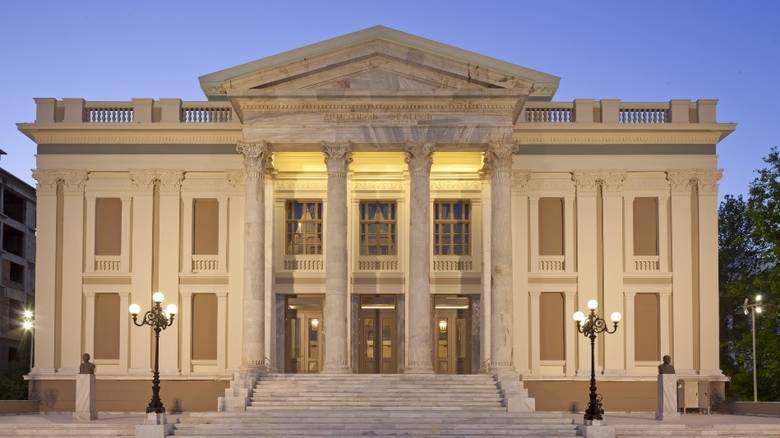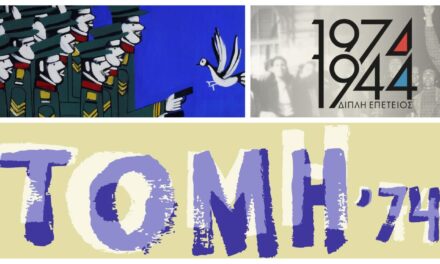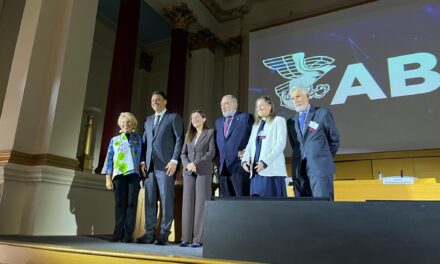The Municipal Theater of Piraeus, a landmark of the city of Piraeus, celebrates its 130th anniversary this year. With a long and remarkable history linked to that of Piraeus, the Theater, which opened its doors on April 19, 1895, reflects the economic, social, and political life of Greece’s leading port.
The decision to build the theater was taken in 1883, at a time when Piraeus was in its economic, industrial and cultural heyday. The presence of eminent figures from the worlds of literature and the arts in the city helped advance the idea of its creation, along with the establishment of other important cultural institutions.
At that time, Piraeus had a population of 25,000 inhabitants, having become an industrial, commercial and shipping hub. Given the city’s economic prosperity, the founding of the Theater would not only offer a place that could host various events but, most importantly, it would be a status symbol. It should be noted that, by the late 19th century, not only Athens was the site of the National Theater of Greece, but also the important urban centers of Hermoupolis (the capital of the Cyclades, on Syros) and Patras boasted grand theater buildings (both primarily influenced by La Scala in Milan).
The construction of the Municipal Theater began on April 1884 and lasted for about a decade. The official inauguration, although the work was not yet complete, took place on April 9, 1895, by mayor Theodoros Retsinas.
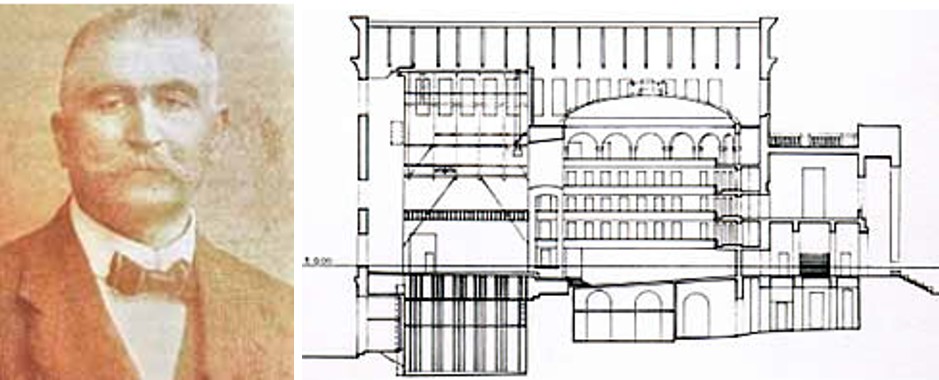
The building
The theater in the center of Piraeus, facing away from the commercial harbor. It was designed by architect Ioannis Lazarimos, born in Piraeus in 1849, who had studied at the École des Beaux-Arts in Paris, but also in Germany. Lazarimos designed a majestic building, 45 m long and 34 m wide, not including the marble porticos and exterior staircases. It combines elements of French and German traditions, with the portico, entrance foyer, staircase, and large foyer on the first floor clearly inspired by German eclecticism, while the auditorium, stage, two cafeterias, and auxiliary spaces (dressing rooms, offices, etc.) are typical of French theaters. The primary inspiration for the interior design was the Théâtre de l’Odéon in Paris.
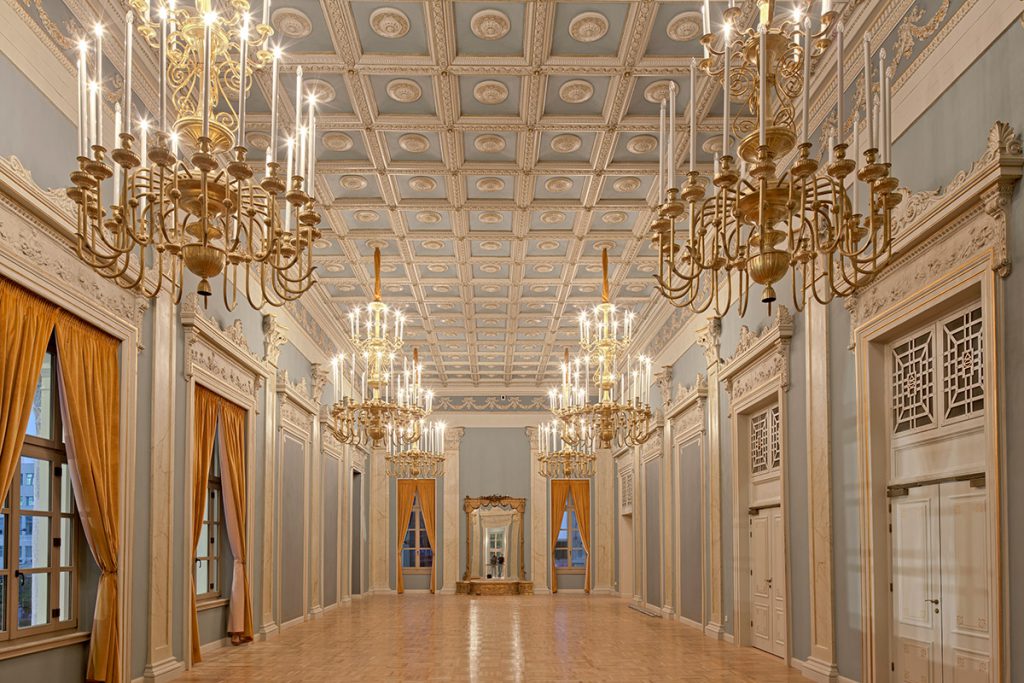
The theatre’s façade is impressive thanks to its monumental gateway with its four Corinthian columns, disproportionately slender in relation to their height, and a triangular pediment. The roof of the building is topped by a terrace that also features a pediment.
In addition to the auditorium, which can seat 600 spectators, the theater would include three rows of 23 boxes each, for a total of 69 boxes that can seat 414 spectators, and a balcony with a capacity of 300 spectators. The municipal theater could seat a total of 1,314 spectators and, if necessary, 1,500 spectators.
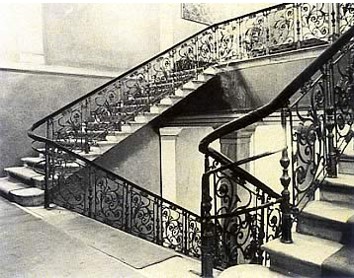
A history linked with the life of the city
Throughout the 19th and 20th centuries, the heart of the city beat at the Foyer, a meeting place for the bourgeoisie, artists, and the city’s intellectual life. The Municipal Theater of Piraeus has had the privilege of hosting some of the leading figures of the Greek theater scene, such as: Aimilios Veakis, Dimitris Rontiris, Mimi Fotopoulos, Vasilis Diamantopoulos, Mimi Traiforos, Mano Katrakis, Alekos Alexandrakis, Dimitris Horn, Kyveli, Aspasia Papathanassiou, Katina Paxinou, and Elli Lambeti.
It has also hosted soirées, exhibitions by important painters, and lectures by important intellectuals, as well as concerts by some of the country’s most important composers, including Menelaos Pallantios, Manos Hadjidakis, Mikis Theodorakis, Dionysis Savvopoulos, and Giorgos Kouroupos.
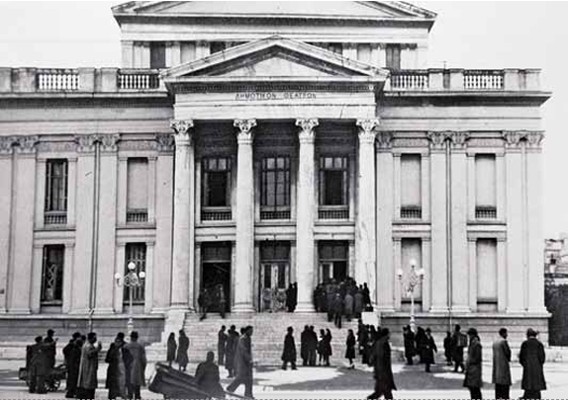
In the 1910s, Greece -and, by extension, Piraeus and the Municipal Theater- entered a troubled period, with the Balkan Wars being followed by the Great Division, Greece’s entrance in WWI, the Greco-Turkish War and the Asia Minor Catastrophe. According to the needs of the times, the premises of the theater were used as barracks, schools, or to host various public services. Especially following the Asia Minor Catastrophe, in the early 1920s, it housed Greek refugees from the Ottoman Empire who had arrived at the port of Piraeus having left behind their homes and all their belongings.
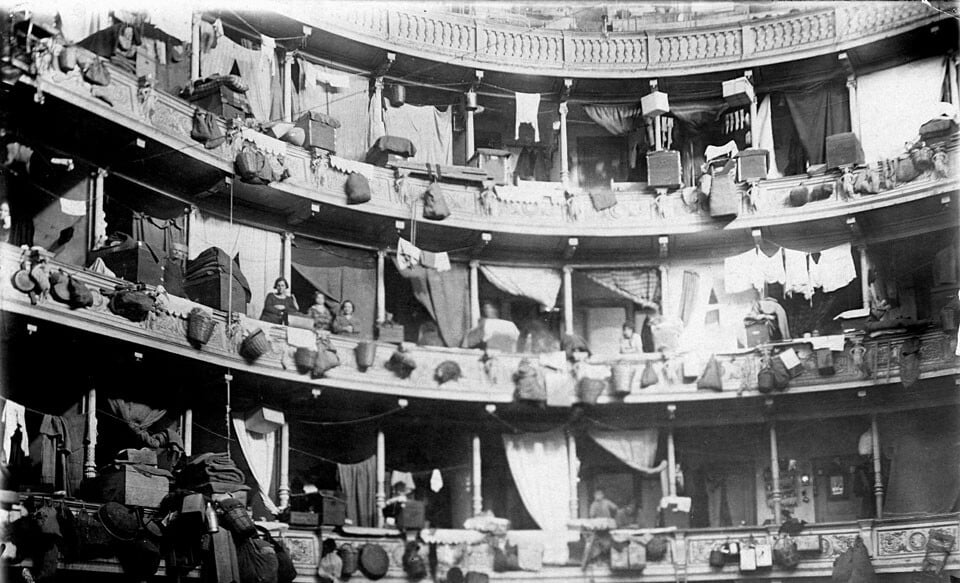
During the Nazi Occupation (1941-1944), the Municipal Theater was commandeered by the occupying forces to provide entertainment for the troops. Moreover, the frequent bombing of the port during World War II, and in particular the Allied bombing of the city on January 11, 1944, took a heavy toll on the building.
In 1980, the Municipal Theater was designated a protected monument, but it suffered significant damage during the 1981 earthquake, with repairs beginning in 1984. The earthquake of September 1999, combined with the regular use of the building for exhibitions, civil weddings, and school events, added to the existing issues.
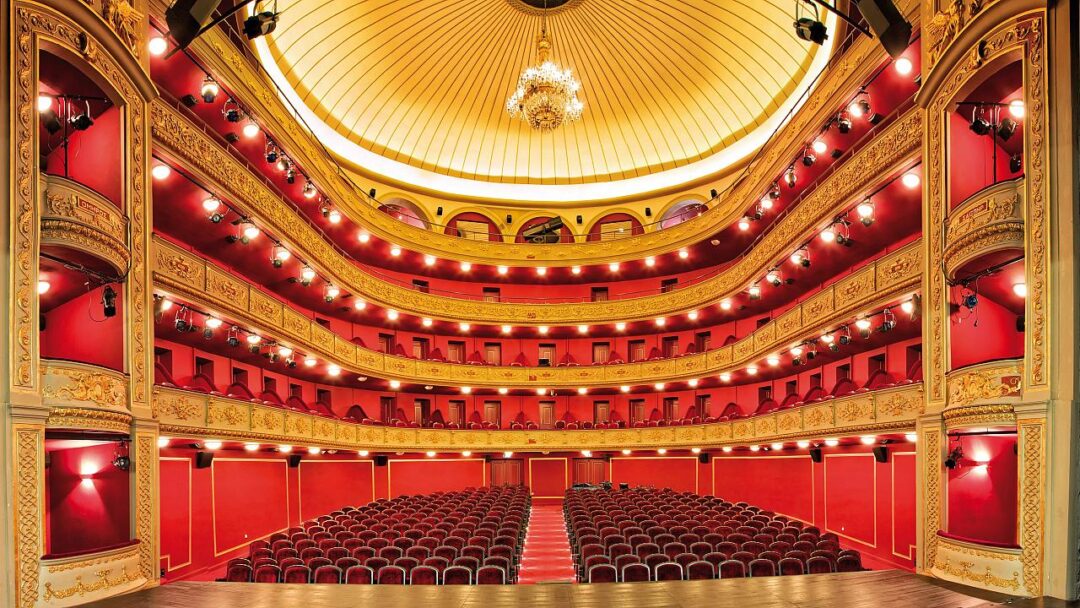
Between 2008 and 2013, the Municipal Theater underwent extensive restoration works by the Ministry of Culture’s Directorate of Protection and Restoration of Modern and Contemporary Monuments. Since it was restored to its former glory, it has once again become a landmark of Piraeus, housing performances by important figures of the arts, and attracting audiences from all over Attica to its packed auditoriums. The Municipal Theater has hence successfully regained its status and established itself as one of the most important theaters in the Greece.
Translated from the original article from Grèce Hebdo (Photo source: Municipal Theater of Piraeus official Facebook page)
Read also via Greek News Agenda: The architectural treasure of Piraeus documented and recorded by MONUMENTA; The regeneration of Piraeus; Lycabettus Theater opens up again

